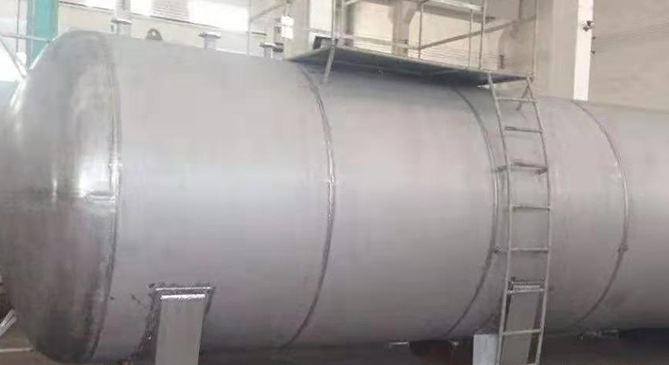The term "
stainless steel" refers to the fact that after adding a certain amount of chromium element to the steel, the steel is in a passivated state and has a property of not rusting. To achieve this, the chromium content must be above 12%. In order to improve the passivation of steel, it is often necessary to add elements such as nickel and molybdenum which can passivate steel. The stainless steel generally referred to is actually a general term for stainless steel and acid-resistant steel. Stainless steel is not necessarily acid resistant, while acid resistant steel generally has good stainless properties.
Austenitic stainless steel is the most widely used stainless steel, with the highest Cr-Ni type being the most common. Ferritic stainless steel is divided into two types: ordinary ferritic stainless steel and ultra-pure ferritic stainless steel. Among them, ordinary ferritic stainless steel has Cr12~Cr14 type, such as 00Cr12, 0Cr13Al; Cr16~Cr18 type, such as 1Cr17Mo; Cr25~30. type. Martensitic stainless steel can be classified into Cr13 martensitic stainless steel, low carbon martensitic stainless steel and super martensitic stainless steel. Cr13 has general corrosion resistance. The Cr12-based martensitic stainless steel has high corrosion resistance and high temperature strength and high temperature resistance due to the addition of alloying elements such as nickel, molybdenum, tungsten and vanadium. Oxidation properties.
